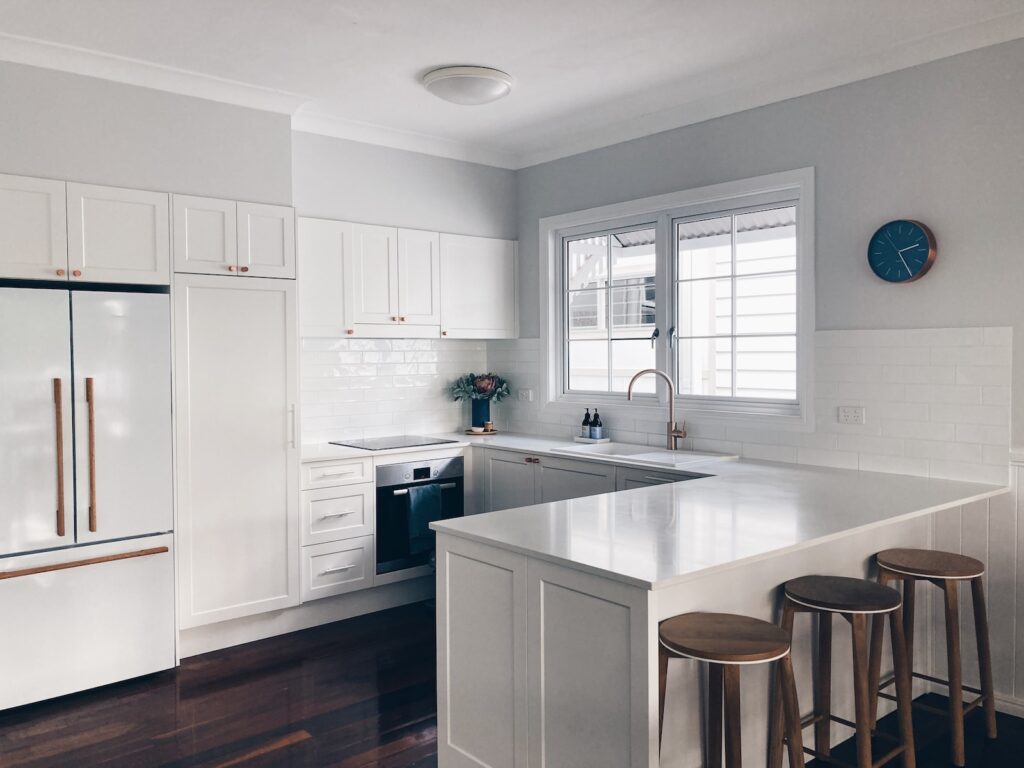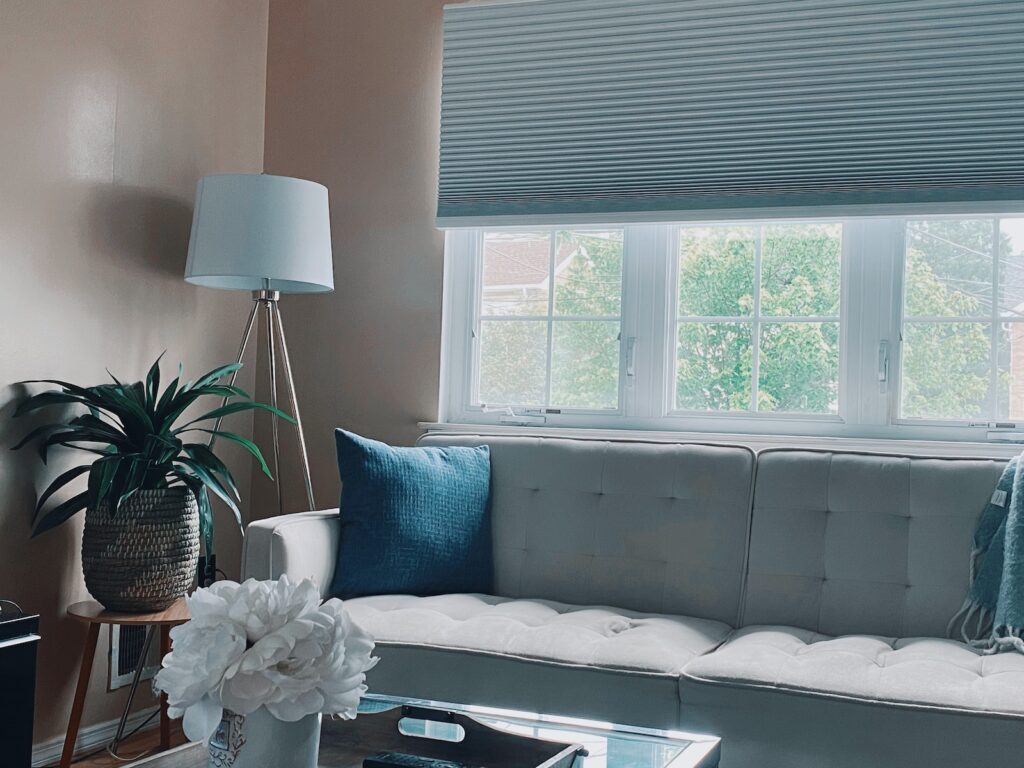Are you planning to replace your home windows but not sure how to finance them? With so many options available, it can be overwhelming to choose the best one. But don’t worry, we’ve got you covered! In this article, we will discuss the most popular ways to finance your windows and help you make an informed decision. So, let’s get started and make your window replacement project a reality!

Best Way to Finance Windows?
Windows are an essential part of any home, providing natural light, ventilation, and aesthetic appeal. However, replacing or installing new windows can be expensive, which is why many homeowners look for financing options. In this article, we will explore the best ways to finance your windows, whether you are looking for a short-term or long-term solution.
1. Personal Loans
Personal loans are a popular option for financing windows because they are easy to obtain and can be used for various purposes. They are unsecured loans, which means you don’t need to provide collateral, and the interest rates are usually lower than credit cards. However, personal loans come with a fixed repayment period, which means you need to pay back the loan amount and interest within the agreed period.
One of the benefits of personal loans is that they are often flexible, which means you can choose the repayment period that suits your budget. Additionally, you can compare different lenders’ rates and terms to find the best deal. Personal loans are a good option if you need to finance a one-time purchase, such as new windows, and want to spread the cost over several months or years.
2. Home Equity Loans
If you own a home, you can use your equity to finance your windows through a home equity loan. A home equity loan is a secured loan that uses your home as collateral. The loan amount is based on the equity you have in your home, which is the difference between your property’s value and the outstanding mortgage balance.
Home equity loans usually have lower interest rates than personal loans or credit cards because they are secured loans. Additionally, the interest is tax-deductible if you use the loan to make home improvements. However, home equity loans come with a fixed repayment period, which means you need to make regular payments to pay back the loan amount and interest.
3. Home Equity Lines of Credit
Another option for financing your windows is a home equity line of credit (HELOC). A HELOC is a revolving line of credit that uses your home as collateral. You can borrow up to a certain amount, and you only pay interest on the amount you use.
HELOCs have a variable interest rate, which means the interest rate can fluctuate over time. Additionally, the repayment period is usually longer than personal loans or home equity loans, which means you have more time to pay back the loan. HELOCs are a good option if you need to finance several home improvement projects over time, such as replacing your windows and upgrading your kitchen.
4. Credit Cards
Credit cards are a convenient option for financing your windows because they are widely accepted and easy to use. However, credit cards have higher interest rates than personal loans or home equity loans, which means you will pay more in interest over time. Additionally, credit cards have revolving credit, which means you can keep borrowing money as long as you make the minimum monthly payments.
Credit cards are a good option if you need to finance a small window replacement project or if you can pay the balance in full before the end of the promotional period. However, if you carry a balance on your credit card, you will pay more in interest over time.
5. Energy-Efficiency Programs
Some states and utility companies offer energy-efficiency programs that can help you finance your window replacement project. These programs offer rebates, low-interest loans, or grants to homeowners who upgrade their homes’ energy efficiency.
One of the benefits of energy-efficiency programs is that they can help you save money on your energy bills in the long run. Additionally, some programs offer free energy audits to identify areas where you can improve your home’s efficiency. Energy-efficiency programs are a good option if you want to save money on your energy bills and improve your home’s comfort and value.
6. Manufacturer Financing
Some window manufacturers offer financing options to customers who purchase their products. Manufacturer financing can be a good option if you want to finance your windows and take advantage of special deals or promotions.
One of the benefits of manufacturer financing is that it can be easier to qualify for than other types of financing. Additionally, some manufacturers offer extended warranties or other benefits to customers who finance their purchases. Manufacturer financing is a good option if you want to finance your windows and get the best deal on the products you want.
7. Federal Housing Administration (FHA) Loans
If you need to finance a major renovation project that includes window replacement, you may be eligible for an FHA 203(k) loan. This loan allows you to borrow money to finance the renovation project and includes the cost of the windows.
One of the benefits of FHA loans is that they have lower down payment requirements than conventional loans. Additionally, they are easier to qualify for, and the interest rates are usually lower than personal loans or credit cards. FHA loans are a good option if you need to finance a major renovation project and want to spread the cost over several years.
8. Cash-Out Refinancing
Cash-out refinancing is a mortgage refinancing option that allows you to borrow more than your current mortgage balance and use the extra cash to finance your window replacement project. Cash-out refinancing can be a good option if you have enough equity in your home and want to take advantage of the current low-interest rates.
One of the benefits of cash-out refinancing is that you can use the extra cash for any purpose, including home improvements. Additionally, the interest rates are usually lower than personal loans or credit cards, and the interest is tax-deductible if you use the loan for home improvements. Cash-out refinancing is a good option if you want to finance your windows and other home improvement projects and get a lower interest rate on your mortgage.
9. PACE Financing
Property Assessed Clean Energy (PACE) financing is a unique financing option that allows you to finance your window replacement project through your property taxes. PACE programs are available in some states and offer low-interest loans that are repaid through annual property tax assessments.
One of the benefits of PACE financing is that you don’t need to have good credit to qualify. Additionally, the interest rates are usually lower than credit cards, and the repayment period can be up to 25 years. PACE financing is a good option if you want to finance your windows and other energy-efficient upgrades and spread the cost over several years.
10. Crowdfunding
If you are unable to qualify for traditional financing options, you may consider crowdfunding your window replacement project. Crowdfunding allows you to raise funds from family, friends, or strangers who believe in your project.
One of the benefits of crowdfunding is that you don’t need to repay the funds, but you may need to offer rewards or incentives to your backers. Additionally, crowdfunding can help you raise awareness about your project and get support from the community. Crowdfunding is a good option if you have a compelling story or project and are willing to put in the effort to promote it online.
In conclusion, there are several ways to finance your window replacement project, from personal loans to crowdfunding. Each option has its benefits and drawbacks, and you need to choose the one that suits your budget and needs. Before you decide, make sure to compare different lenders’ rates and terms and read the fine print carefully. With the right financing, you can improve your home’s comfort, energy efficiency, and value.
Frequently Asked Questions
1. What are my financing options for windows?
There are several financing options available for windows, including personal loans, home equity loans, credit cards, and financing through the window company itself.
Personal loans and credit cards may offer flexible payment terms, but usually have higher interest rates. Home equity loans may have lower interest rates, but require you to use your home as collateral. Financing through the window company may offer promotional rates and special financing options, but may have strict credit requirements.
2. How can I qualify for financing for windows?
The qualifications for window financing will vary depending on the lender or window company. Generally, you will need to have a good credit score, a steady income, and proof of employment or income. Some lenders may also require a down payment or collateral.
If you have poor credit or are unable to qualify for traditional financing, you may want to consider alternative options such as grants or energy-efficient financing programs.
3. What is the best way to compare financing options for windows?
When comparing financing options for windows, it’s important to consider the interest rates, fees, and repayment terms. You can start by researching and comparing rates from different lenders and window companies. You can also use online calculators to estimate monthly payments and total costs.
Additionally, you may want to read reviews and ask for recommendations from friends or family who have financed windows in the past.
4. How much can I expect to pay for financing windows?
The cost of financing windows will depend on several factors, including the type and size of windows, the interest rate, and the repayment term. Generally, you can expect to pay anywhere from a few hundred to several thousand dollars for window financing.
Be sure to read the terms and conditions carefully before signing any financing agreement, and make sure you understand all fees and charges that may be associated with the loan.
5. Is it better to finance windows or pay cash?
Whether it’s better to finance windows or pay cash will depend on your personal financial situation. If you have enough cash on hand, paying for windows upfront can save you money on interest charges and fees.
However, if you don’t have the cash available or prefer to keep your savings intact, financing may be a good option. Just be sure to compare rates and terms carefully, and choose a financing option that fits your budget and financial goals.
Can You REALLY Get FREE Windows With Government Assistance?
In conclusion, there are several options available when it comes to financing windows. Whether you’re looking for a short-term or long-term solution, there is an option that can fit your needs and budget. By doing your research and comparison shopping, you can find the best way to finance windows that works for you.
One option to consider is using a personal loan or credit card. This can give you the flexibility you need to pay for your windows over time, while also allowing you to take advantage of any rewards or cashback offers. However, it’s important to be aware of the interest rates and fees associated with these options.
Another option is to work with a window company that offers financing. This can be a convenient way to finance your windows, as the process is often streamlined and straightforward. Make sure to compare rates and terms from different companies to ensure you’re getting the best deal.
Finally, if you’re a homeowner, you may be able to take advantage of energy-efficient tax credits. These credits can help offset the cost of installing new windows, making it a more affordable option in the long run. Be sure to check with a tax professional to see if you qualify for these credits.
Overall, the best way to finance windows will depend on your individual circumstances and financial goals. By exploring your options and doing your research, you can ensure that you’re making the best decision for your home and your wallet.

